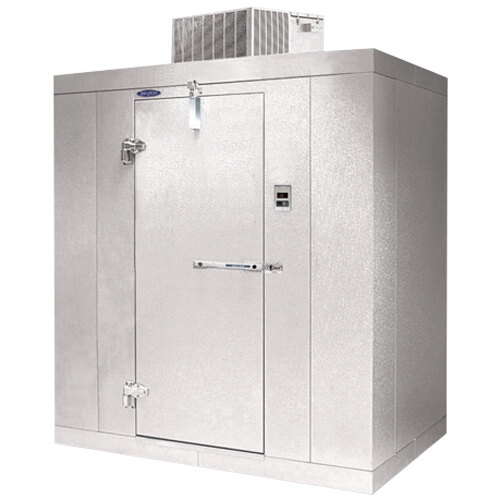Nice work so far.
So since nobody actually explained it, the thing about the 'circuit breakers' is, especially on the battery side: The DC volts rating is not so much about keeping you from getting electrocuted when you touch the plastic case, but more about being able to 'extinguish the arc' that will happen when it opens/trips at or over its max current rating. The batteries if you think about it are more powerful than most welders.. even into a dead short they'll be doing over 40v, and until the BMS's melt or shutdown, the 4 of them will be pushing way over 1000amps if it's a dead short scenario. The kind of arc you can get going with 40v and 1000+amps can reach pretty far. If the contacts don't get far enough apart from each other the arc might just keep going and do some real exciting welding inside your plastic case, meanwhile everything downstream is still making 1000a+ worth of fireworks too.
Distance isn't the only thing about extinguishing the arc, i just think welding is the simplest analogy. So it's highly preferable to have a breaker/disconnect thing that can actually shut down an arc with that much power behind it, and that's why a high DC volts rating is important. Some also have a rating for max interrupt current. "Interrupting Capacity (IC) is the maximum fault current that can be interrupted by a circuit breaker without failure of the circuit breaker."





